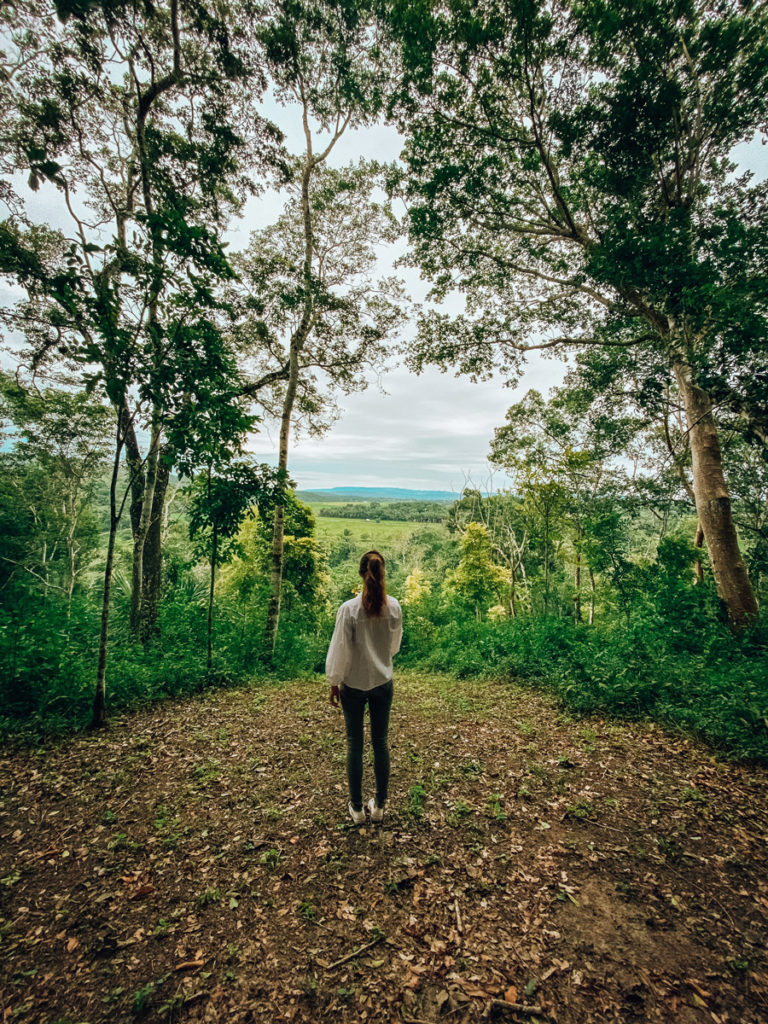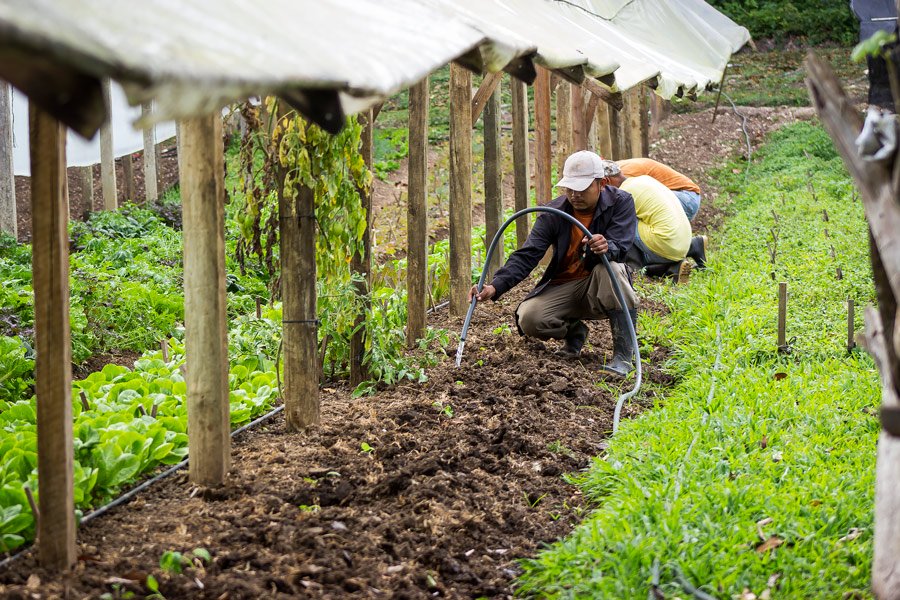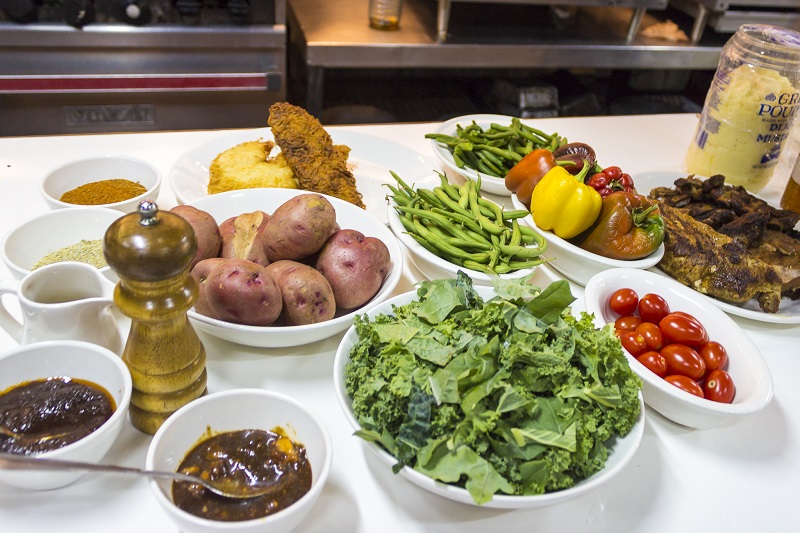Slow. Simply defined as reducing the speed or pace of a process. In today’s fast paced reality it’s a word that—just by sheer utterance—feels seductive. Slow is “permission” to stop and savor, yet we can apply that to a quick weekend getaway or even the guilty pleasure of drive-through fast food.
And vacations are no exception.

If you’ve ever experienced travel burnout, which might feel like you need more vacation days to recover from your trip, then you weren’t traveling slow enough. Ironic, no? We’re sometimes guilty of being so consumed with curiosity and excitement of a new destination that we hope to pack as many experiences into our itinerary as possible. If you believe a vacation should leave you feeling renewed and refreshed, keep reading.
A Longing To Lose Track of Time in Traveling
It may seem counterintuitive that slowing down allows you to ultimately experience more, but that’s the beauty of slow travel. It does exactly that—giving you a connection to a place that feels passionate, transformative, richer, immersive, grounding, and smart.
And at its heart, the mindset of slow travel is inherently linked to food. If slow travel is the heart, then slow food is the stomach.

Keeping a connection with the local people and place—is the aim of a new global movement, ensuring local food cultures and traditions never disappear. It’s designed to counteract the rise of fast life but in Belize, it’s the intrinsic connection between the land, the rains and the meandering rivers that has been expressed in Belize’s most beloved traditions, the land and the food that people eat.
Taking The Time To Feed The Soul
To most, a vacation seems to be the perfect time and place to take in the slow life. Whether on a bar stool outside of Pop’s Restaurant on the streets of San Ignacio, with pedestrians scuffling by as you expectantly wait for a booth to have world-famous Chaya-stuffed Fry Jacks, or in the serenity of waves lapping the shores of Placencia as you leisurely stroll—bare feet with shoes in hand—from one beach bar to the next. Both are worth the wait.

Similarly, food is meant to be savored, and meals become rituals born out of love. It’s not mere sustenance, and while fuel, food—especially in cultural melting pots like Belize—are about communion, tradition, and atmosphere.
Picture it: you’ve got a freshly-baked Belizean meat pie in hand, but there’s a local ritual on how to eat it. First, you pinch the edges of the flaky, near-perfect circular pastry, taking the “lid” off and releasing a pocket of steam. Each bite to follow is dipped into its gravy-laden filling, starting with that very same cover then its edges, then to be eaten all at once with whatever is left.

These are the details—the notes of subtlety—that enrich the very fiber of our travel memories.
If ever there were a time to stop and savor, it’s while on vacation in Belize. And to understand a culture is to go through the food locals eat, the way it is prepared, and the ingredients they use and value. Here’s 4 ways to enjoy the unexpected joys of slow food, slow travel, and an expanding agritourism scene in Belize.
1. Tasting Tradition with a Cultural Tour

No doubt, trying known local specialties is an important part of visiting any new destination. And within tradition, there’s ceremonious staples passed down through generations too. You can scratch the surface with trying new-to-you dishes, but delve deeper with learning local techniques and tasting traditions with a culinary class. After all, agritourism is often about raising the next generation of farmers and foodies—not just the next harvest.

From raw ingredients to finished plates, food is the gift that keeps on giving. A lesson on the secrets and skills of a Belizean palette is to bring a piece of the local culture back home—quality souvenirs are fantastic reminders of adventures, but they hardly compare to the know-how you can gain from locals. With rich and rounded culinary traditions peppered throughout the country, schedule a culinary class into your Belize vacation for a bonafide epicurean adventure.
That may be a bean-to-bar class on how raw cacao becomes chocolate with AJAW Chocolate & Crafts, a crash course on corn (or maize) with the ladies at San Antonio Women’s Cooperative, or maximizing all five of Belize’s major ethnic groups with an Open Hearth Hands-On Culinary Experience at The Lodge at Chaa Creek.

Cook on an open fire under thatched roofing and discover the simple joys of a bush kitchen that’s intimate, informal, and informative. Depending on the day of the week, you can learn how to make authentic Maya caldo soup, turmeric-tinted cohune cabbage of the East Indian, the rich coconut-based fish sere stew of the Garinagu, traditional plantain-wrapped tamales of the Mestizo that’s chock full of its spicy cull sauce, or the practically national dish of Creole rice and beans.
2. Exploring a local food market

The slower the travel, the more seasonal changes will color a place like a painting. Thanks to Belize’s biodiversity, there’s one nickname that stands out against the rest: the breadbasket of the Caribbean. And it’s not just our major exports of citrus, sugar, or even bananas. Instead, there’s a vibrant farmer’s market scene in every major constituency, but San Ignacio’s in Western Belize has made a reputation for itself as a destination all on its own.

Vast and varied based on seasonal availability, each open-aired stall comes alive on Saturdays. Follow the locals, who keep coming back for more each week; connect to each farmer’s story with every stop at a booth, while admiring their overhanging bunches of green plantains; and settle into a coffee-granules-mixed-to-perfection cup of Nescafe and plate of fresh pupusas that oozes warm local cheese as you tuck your plastic chair under the communal tables.

3. Savoring Street Stalls and Dining “Dives”

Street stalls are not always what people think of first when it comes to slow food, but like stands at a market, food stalls are owned by small business people with intense pride in their product. There’s no fast food franchises in Belize, which means there’s time to explore the different stalls (and make local friends) that inevitably define the real food—the stuff people eat daily—in a locale like Belize.

That means finding the incredible homebaker with fresh Creole bread and Creole bun traversing the town on bicycle, or the hidden gem serving corn based street food to your heart’s fill of panades, garnaches, and salbutes.
4. Agritourism: Fresh From the Farm

Supporting the local model of local food also means learning where it comes from. Here is where slow travel comes in: It provides time for more than what we recognize from our televisions, other media, or stereotypes we may have ingrained in our minds. Almost always, that’s off the beaten path—only this time, it’s 8 miles out of San Ignacio, Cayo.

The first thing you notice is the resounding quiet. Driving a ways up the 10 mile dirt road off the Western Highway, visiting The Lodge at Chaa Creek is like entering a different world. Although, visiting a 400-acre private reserve tends to have that effect.

The Fleming family — Mick, Lucy and their daughter, Bryony — run the award-winning Eco-lodge, which first started over 40 years ago on the banks of the Macal River in Belize’s Cayo District. Luxury is tangible in both their offerings and the first-name-basis service of their staff, which is more like an extension of their own family than employees, yet it blends seamlessly with their ethos: wildly civilized.

Pioneering eco-lodging when tourism was a mere whisper at the turn of Belize’s independence, Chaa Creek’s regenerative practices generations ago means guests can reap the benefits today. Suddenly, their organic 33-acre Organic Maya Farm onsite becomes animated with fluffy bunches of cilantro, massive heads of magenta-hued cabbage, mint that carpets the ground like grass, and crisp salad greens — all on its way to the Mariposa Restaurant. Imagine the joys of harvesting lunch daily in such an atmosphere?

Is there a better way to learn the heart and soul of a place on earth than to put the soil into your fingers, to become familiar with its plants and fruits and animals? That’s the beauty of agritourism. At Eco-lodges like Chaa Creek, guests can get a glimpse into the deep respect and indigenous management practices of the Maya. After all, you’re standing in the once-heartland of their civilization. Head out on horseback and witness first-hand how the farm integrates traditional Maya farming with more advanced systems, like irrigated raised beds of composted soil fed with nutrients derived from nature’s storehouse.

Hear the history, harvest by hand, then herald in the evening with a cocktail—steeped in the very hand-picked mint from earlier that day. There’s just so many different layers to connect with the destination through agritourism, and you can discover them all with a place like Belize.
